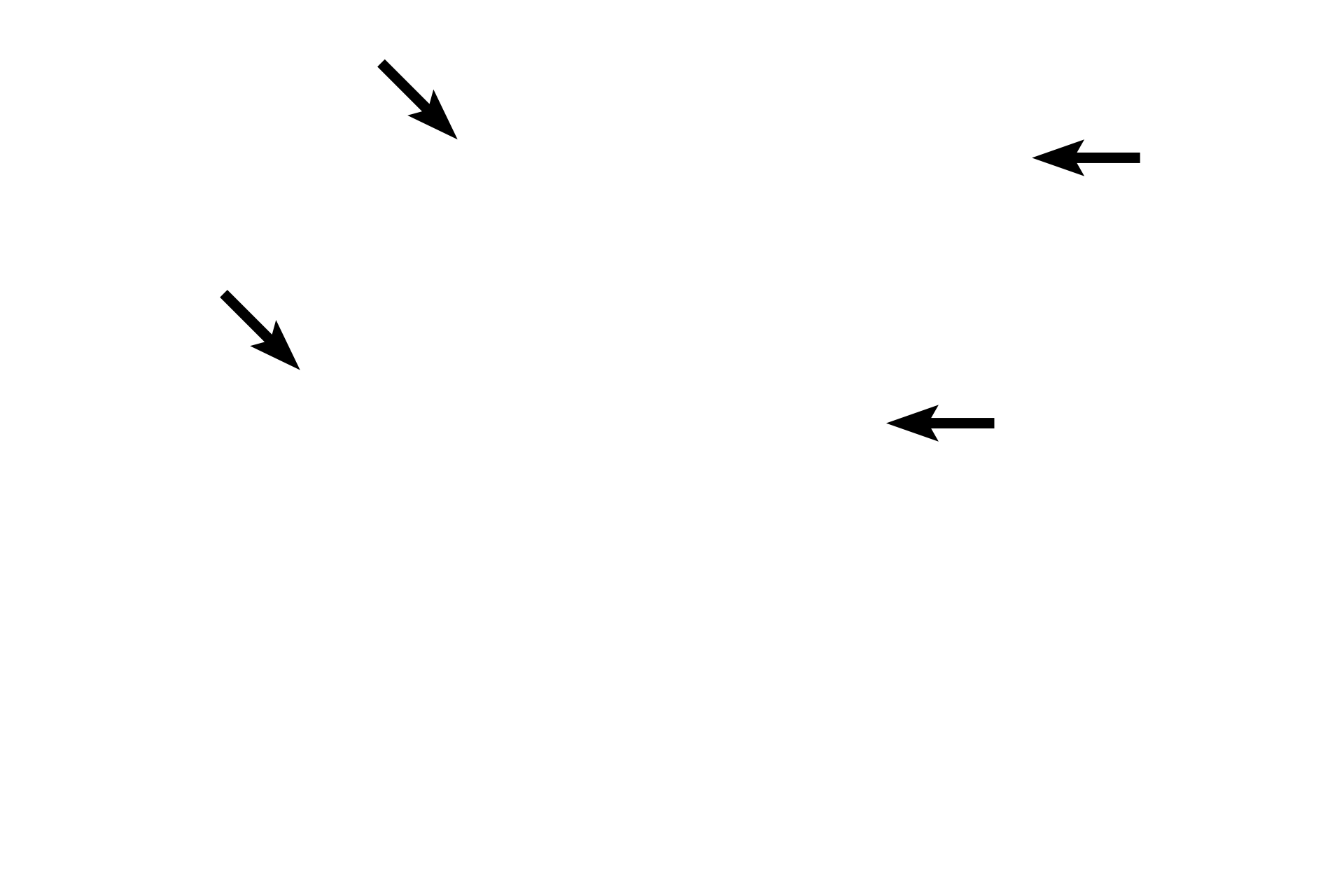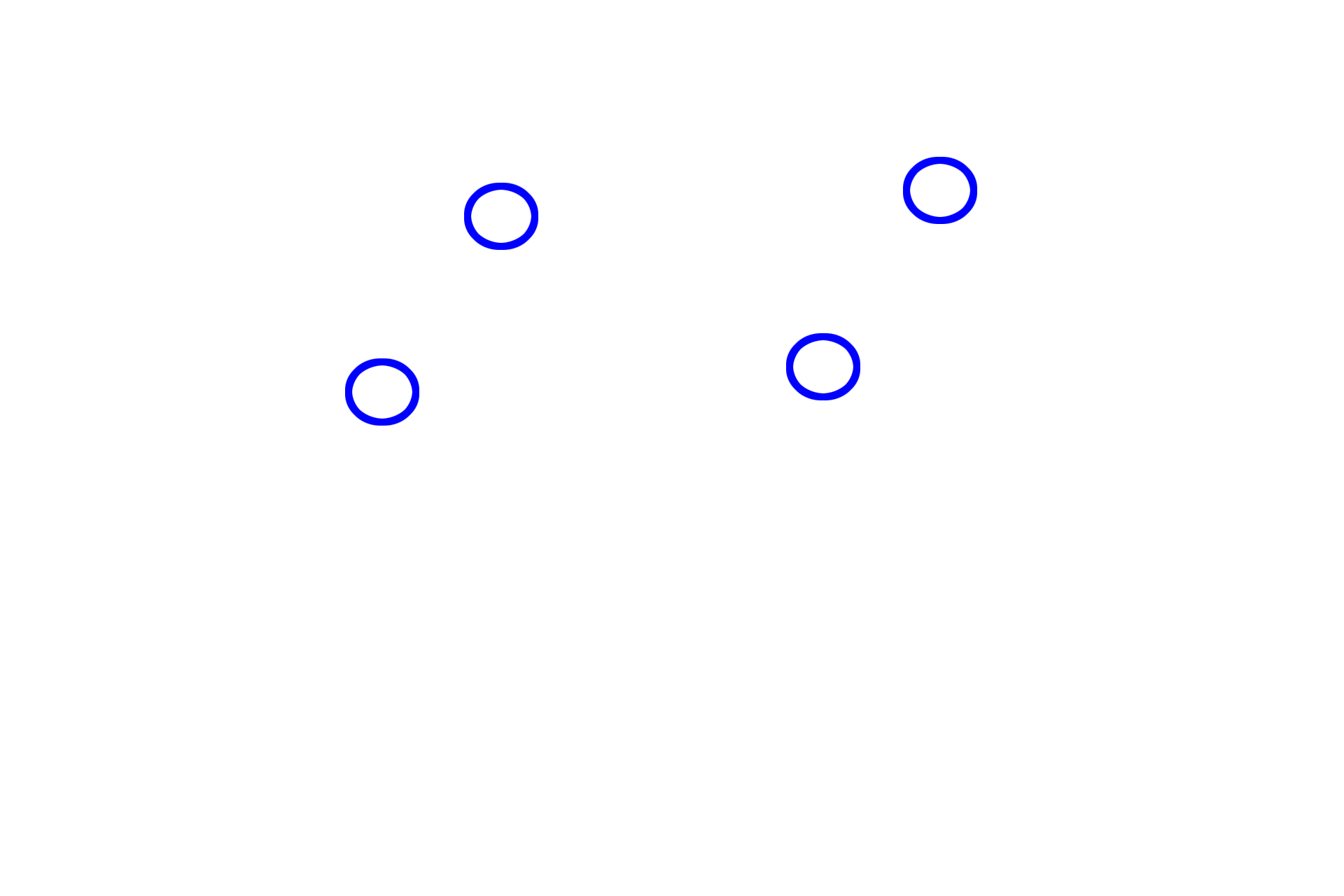
Meiosis II: Telophase
Telophase is marked by the arrival of a single set of chromosomes at each spindle pole, reformation of the nuclear envelope, decondensation of the chromosomal DNA and the reappearance of the nucleolus. A cleavage furrow continues to develop, indicating the initial formation of the daughter cells (cytokinesis).

Chromosomes
Telophase is marked by the arrival of a single set of chromosomes at each spindle pole, reformation of the nuclear envelope, decondensation of the chromosomal DNA and the reappearance of the nucleolus. A cleavage furrow continues to develop, indicating the initial formation of the daughter cells (cytokinesis).

Nuclear envelopes (reforming)
Telophase is marked by the arrival of a single set of chromosomes at each spindle pole, reformation of the nuclear envelope, decondensation of the chromosomal DNA and the reappearance of the nucleolus. A cleavage furrow continues to develop, indicating the initial formation of the daughter cells (cytokinesis).

Nucleoli (reforming)
Telophase is marked by the arrival of a single set of chromosomes at each spindle pole, reformation of the nuclear envelope, decondensation of the chromosomal DNA and the reappearance of the nucleolus. A cleavage furrow continues to develop, indicating the initial formation of the daughter cells (cytokinesis).

Cleavage furrows
Telophase is marked by the arrival of a single set of chromosomes at each spindle pole, reformation of the nuclear envelope, decondensation of the chromosomal DNA and the reappearance of the nucleolus. A cleavage furrow continues to develop, indicating the initial formation of the daughter cells (cytokinesis).

Contractile rings
Telophase is marked by the arrival of a single set of chromosomes at each spindle pole, reformation of the nuclear envelope, decondensation of the chromosomal DNA and the reappearance of the nucleolus. A cleavage furrow continues to develop, indicating the initial formation of the daughter cells (cytokinesis).